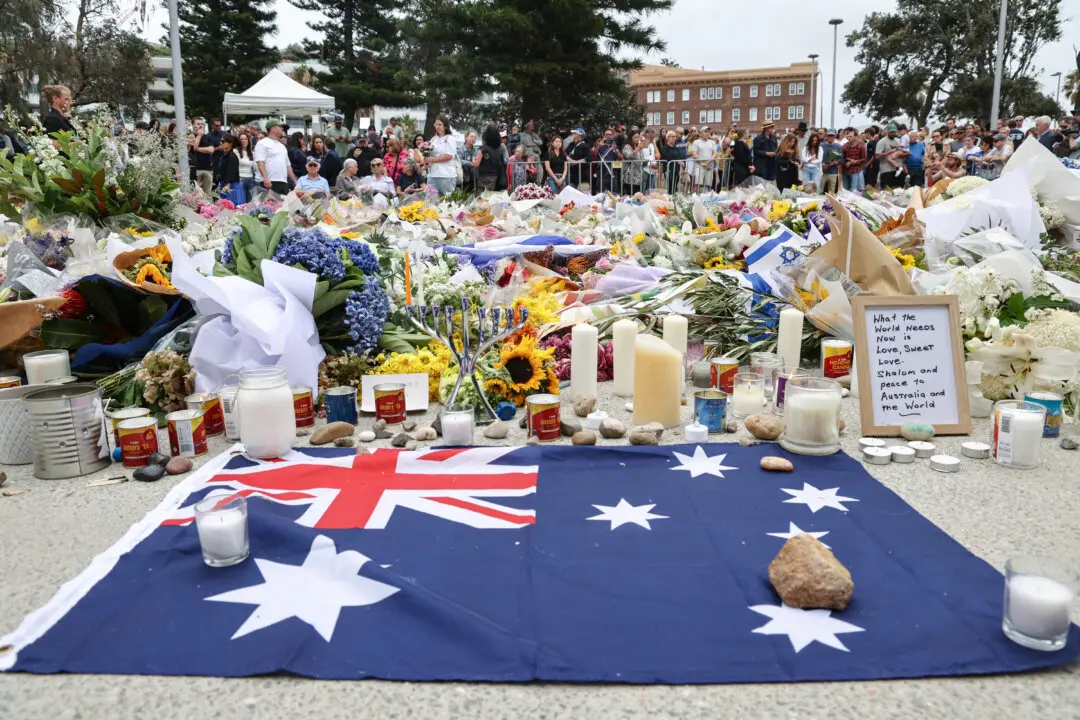The body tasked with keeping the lights on across Australia’s largest power grids, is calling for “emergency backstop” powers to turn down, or off, rooftop solar systems in extreme situations.
Close to 1.8 million Australian homes and businesses rely on solar power, part of a renewables boom supported by government.





